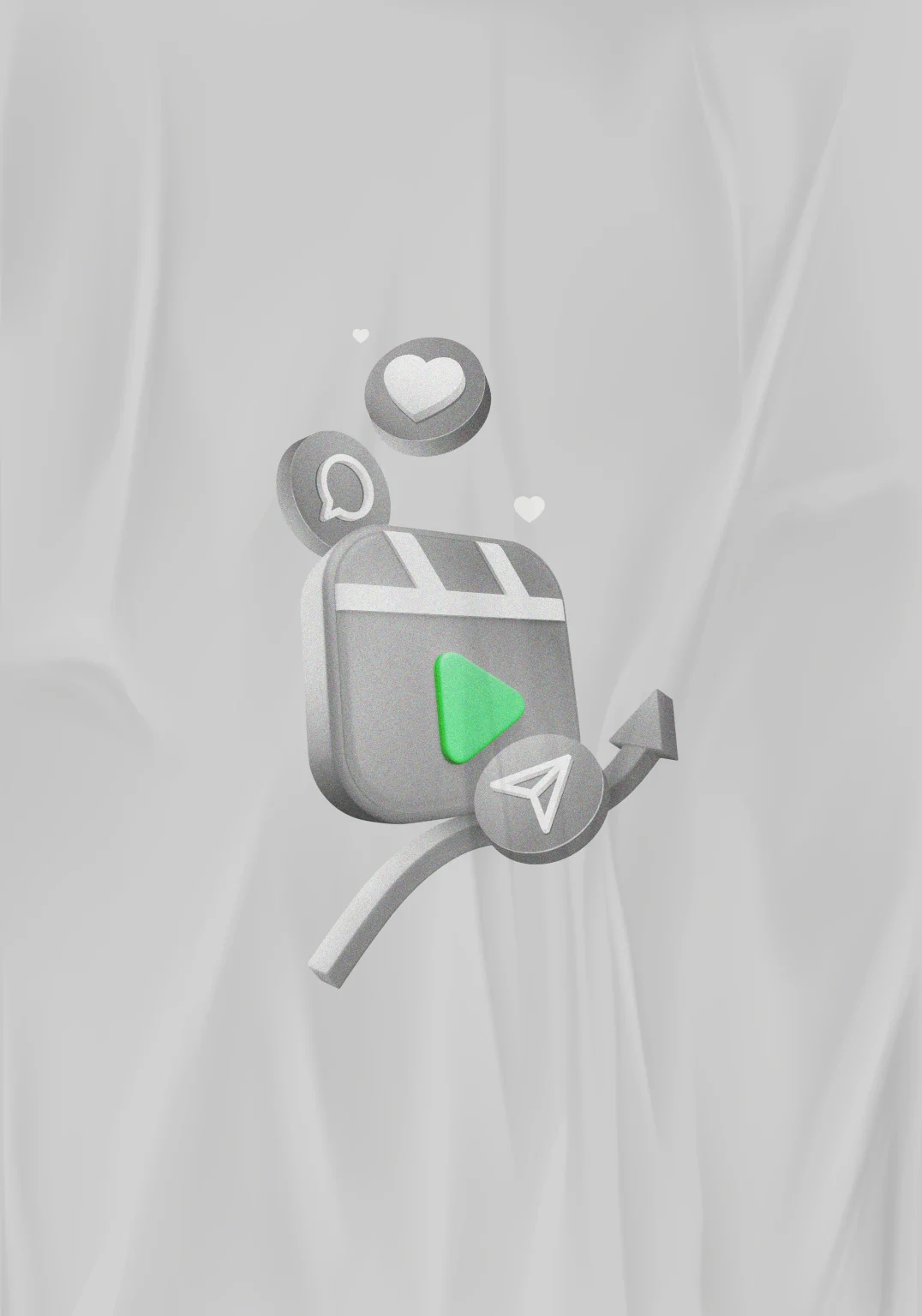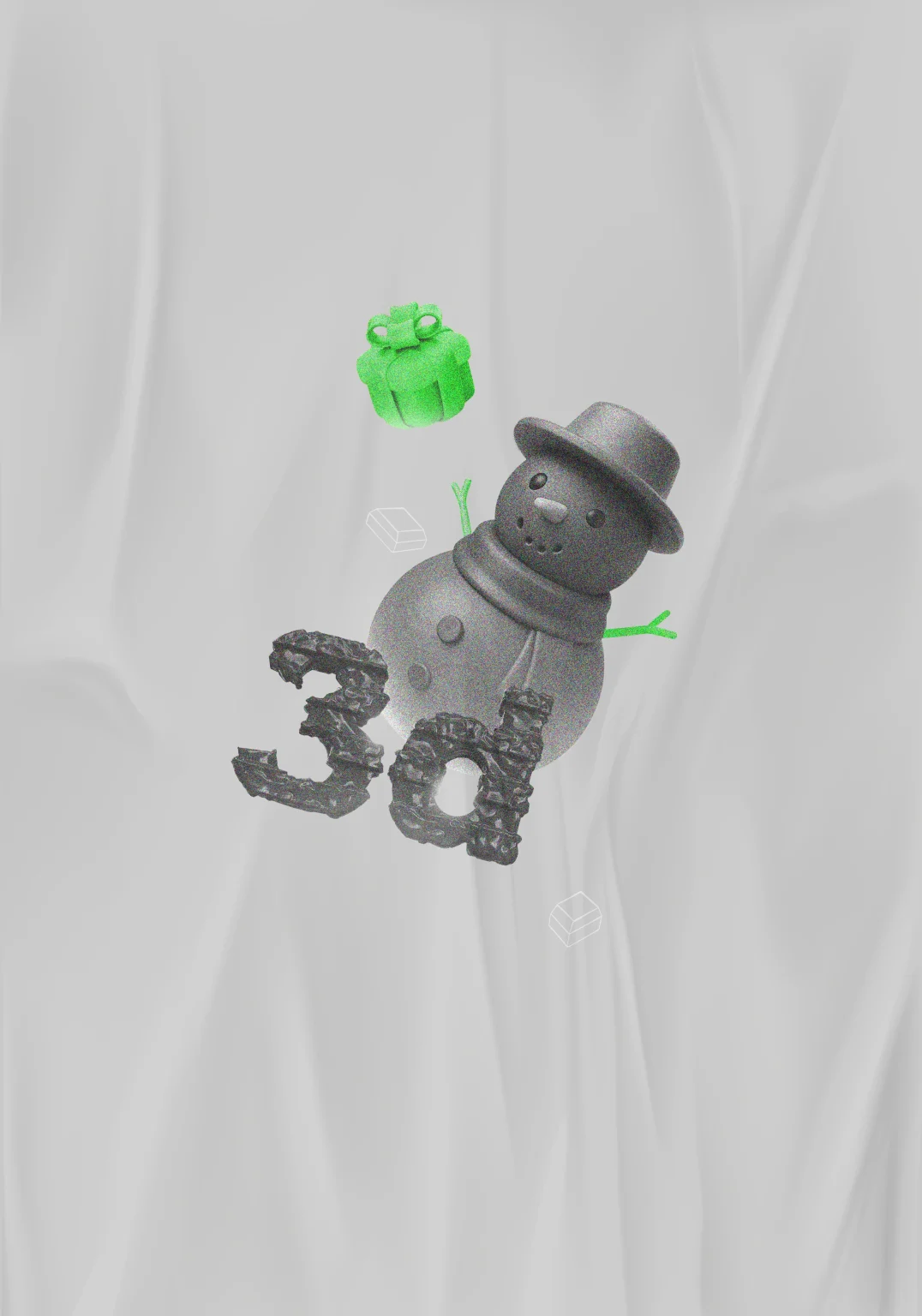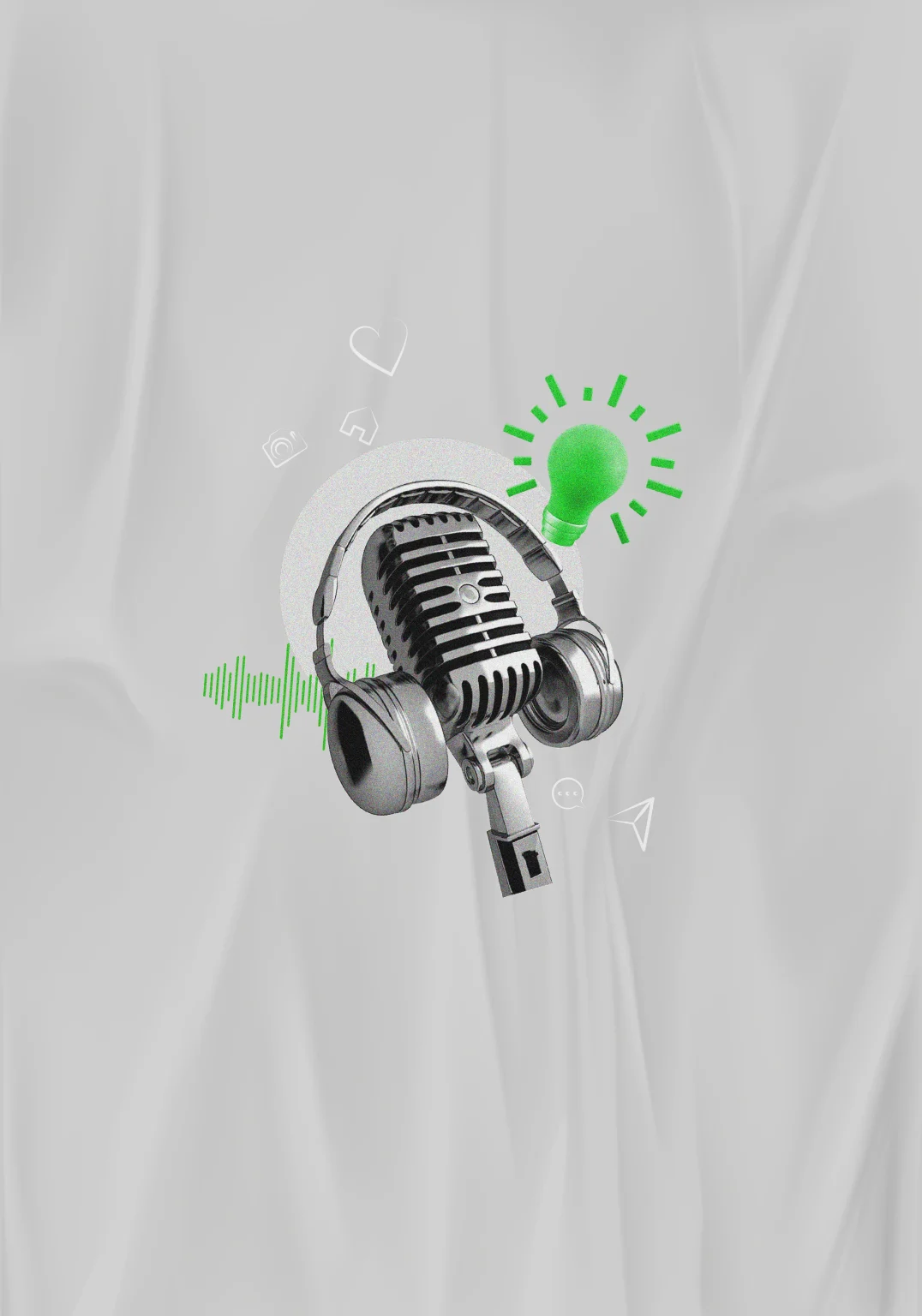Animation’s origins trace back to the late 1800s. Initially, animation was created through hand-drawing, using a number of static images to create the illusion of motion. Technological progress later led to faster and better animation techniques. Today, computer-generated animation stands as the most commonly used form.
Audiences are so attracted by it that animation in digital marketing has become a norm. It continues to evolve with the foundation of AR and VR technologies.
What is animation?
Animation is creating the illusion of movement by showing many images quickly, one after another. These images can be drawn by hand or made on a computer. Animation is used across diverse sectors, including film, television, video games, and digital marketing.
Types of animation
2D Animation
2D animation brings motion to life by rapidly displaying a series of images, either hand-drawn or digitally created. A time-honoured technique, it spans from vintage cartoons to modern digital works. Primarily, 2D animation is employed for character design, storyboarding, crafting backgrounds, and establishing timelines within a two-dimensional environment.
2D animation fits many marketing needs and audiences. Brands use it to explain complex ideas and create a strong brand identity across different marketing channels. It’s a great way for businesses to maximise their creative budget.
3D Animation
3D animation uses computer programs to make objects and scenes look real. Animators create digital models and add details like how they look and how the light hits them. This makes very realistic animations that are used in movies, games, logos, and special effects.
3D animation makes things look real and is great for showing off products. Brands use 3D animation in digital marketing in ads and demos to grab attention and sell more. It works well for things you need to see from all sides, like gadgets or software. For tech companies, showing how things work in 3D can actually make sales happen faster because customers understand quicker.
Typography Animation
In simple words, typography animation is an animation technique that makes text move. It turns regular words into animated elements that show meaning and feelings. By moving the letters and fonts, animators make visually interesting designs that tell stories and get reactions from viewers. This technique adds more life and personality to how things are shown, like in title sequences or ads.
Typography animation effectively enhances messages with visual appeal and emotion. This technique is highly suitable for showcasing brand values, taglines, and new product launches in an engaging manner.
Motion Graphics
Motion Graphics use animation to show information and ideas in a lively way. Designers make these by moving text, GIFs, pictures, and other images. You can see them in ads, short animated stories, websites, and apps. Basically, motion graphics make things interesting and easy to understand by using movement.
Motion graphics use animation to make information easy to understand. They help tell stories and make complicated ideas more interesting for viewers. Brands often use this animation in digital marketing to show data, explain how things work, or demonstrate features. This style balances clear information with engaging visuals, perfect for explaining complex products or services.
Stop Motion Animation
Stop motion animation creates movement by taking pictures of real objects and moving them slightly frame by frame. When shown one after another, it looks like the objects are moving. This technique makes things like puppets, clay models or any other object seem alive. Tiny changes between each picture make the animation smooth and interesting to watch.
Stop motion is great for showing off products in a special way, making businesses noticeable. It’s very good at showing how things work, telling brand stories, and making ads that people remember and pay attention to. It has a real, handmade feel that’s hard to ignore.
This animation technique works especially well for brands that want to make their products seem more human and show off physical details memorably. On Instagram and LinkedIn, stop motion often gets more people involved than other types of animation.
Conclusion
The whole animation process, once a niche form of entertainment, has evolved into a widespread marketing and storytelling method. It leverages the illusion of movement to animate data, narratives and even brands. There are many exciting animation techniques apart from those mentioned in this article that assist significantly in brand marketing. If you are looking for animation services in Thane, our doors are always open to amplify your marketing strategy with high-performing animation.
Frequently Asked Questions
What are the 5 main types of animation?
The 5 main types of animation are 2D animation, 3D animation, typography animation, motion graphics and stop motion animation.
Which type of animation is best for business videos?
Every animation technique serves a different purpose. The best type of animation depends on the type of brand it is made for, its objective and target audience.
What is the difference between 2D and 3D animation?
Flat, two-dimensional characters and backgrounds are used in 2D animation. In contrast, 3D animation creates realistic, three-dimensional images with depth.
When should I use animation in a project?
Animation can be used to make difficult ideas clear, keep viewers interested, and tell stories visually.



